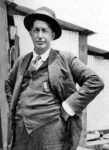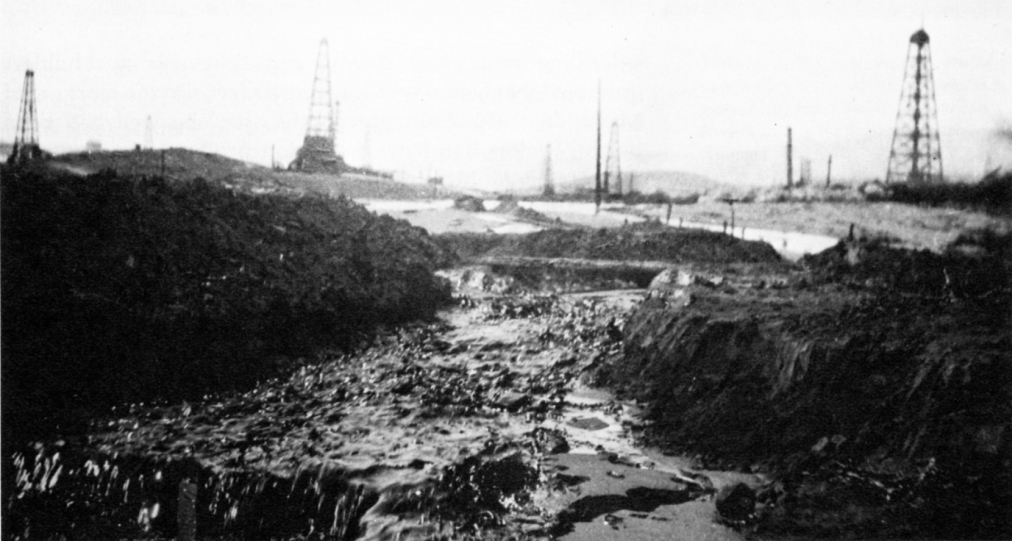Union assigned "Dry Hole Charlie" Woods, a dri
Post# of 39368

 Union assigned "Dry Hole Charlie" Woods, a driller with a string of "dusters" to his name, to the well. Charlie was actually a very good driller, but he had been assigned a to drill a number of poor prospects that came in as dry holes. However, his luck changed on the morning of March 15, 1910, when Lakeview No. 1 came in with a roar from a depth of 2,225 feet and blew the crown block off the top of the derrick with an estimated initial flow of 125,000 barrels a day. On coming to work that morning, Charlie solemnly commented that Lakeview "must have cut an artery of the earth's great central storehouse of oil, whereas all previous wells had been merely pinpricks in the earth's thick hide."
Union assigned "Dry Hole Charlie" Woods, a driller with a string of "dusters" to his name, to the well. Charlie was actually a very good driller, but he had been assigned a to drill a number of poor prospects that came in as dry holes. However, his luck changed on the morning of March 15, 1910, when Lakeview No. 1 came in with a roar from a depth of 2,225 feet and blew the crown block off the top of the derrick with an estimated initial flow of 125,000 barrels a day. On coming to work that morning, Charlie solemnly commented that Lakeview "must have cut an artery of the earth's great central storehouse of oil, whereas all previous wells had been merely pinpricks in the earth's thick hide."
A roaring column of sand and oil twenty feet in diameter and two-hundred feet high gushed into the air, and issued a stream of oil at its base, dubbed the "Trout Stream" which flowed down every adjacent ditch and gully. Rather than diminishing in force, the gusher grew stronger each day and eventually buried the engine house in a mountain of sand. Although the wooden derrick remained standing a few weeks longer, eventually it too, and all the drilling equipment as well, were completely swallowed up by a huge crater that formed around the drill well.
Torrents of oil poured from the wild well, and hundreds of men worked round the clock building sandbag dams to contain the crude in twenty large, open-air sumps . The flow continued unabated, and thirty days after the well first blew in the flow was estimated at 90,000 barrels a day. The Lakeview No. 1 quickly became America's most famous gusher.
A four-inch pipeline leading to eight 55,000 barrel tanks, about 2-1/2 miles away, was installed in the amazingly short time of four hours. From the tanks, an eight-inch line carried the oil to Port Avila on the California coast.

 (0)
(0) (0)
(0)